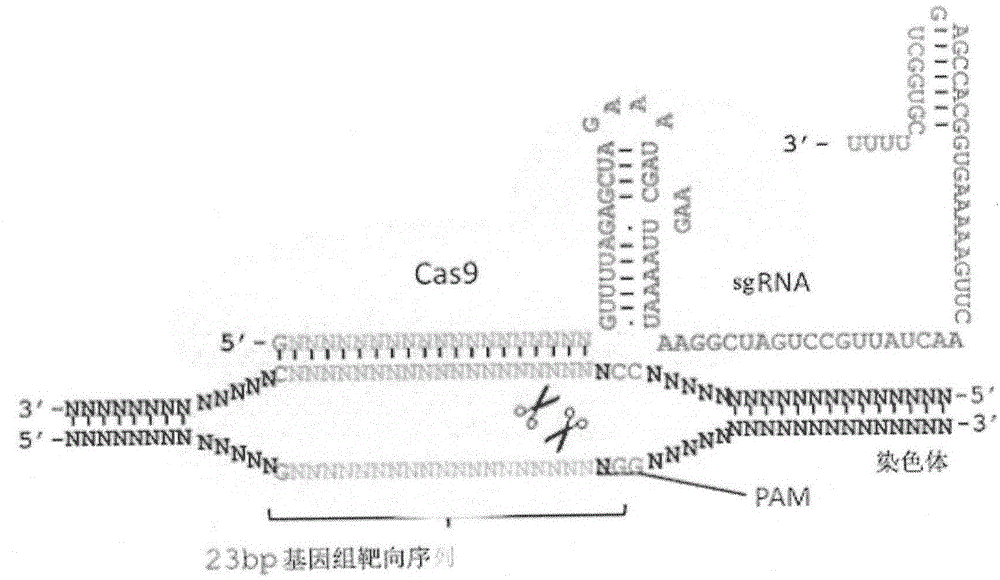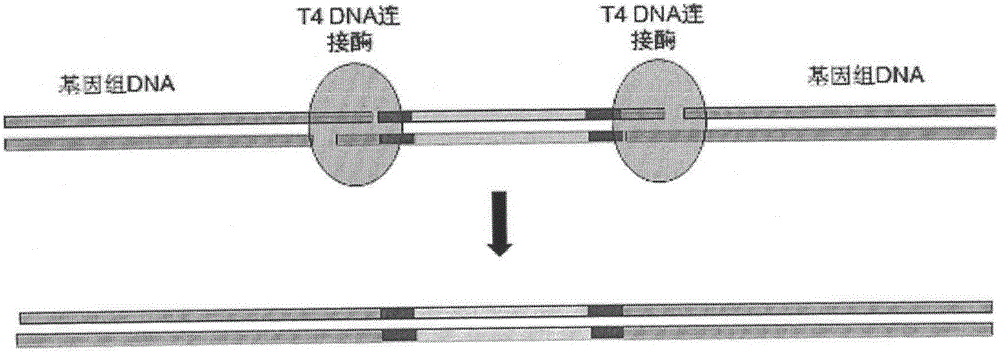Method for permanently embedding identity card number into genome
A technology of ID card number and genome, applied in the fields of transportation and preservation, and gene extraction, can solve the problems of inability to guarantee accuracy and trouble.
- Summary
- Abstract
- Description
- Claims
- Application Information
AI Technical Summary
Problems solved by technology
Method used
Image
Examples
Embodiment Construction
[0023] The present invention will be described in further detail below in conjunction with the accompanying drawings and specific embodiments, but not as a limitation of the present invention.
[0024] First, the DNA sequence representing the ID number is artificially synthesized, that is, the numbers 0-9 and the letter X used on the ID card are converted into a DNA sequence containing two bases, which are composed of four bases selected from A, T, C and G Any combination of bases, two of which can also choose the same one of the bases. Like this, the ID card of 18 digits just needs 36 bases to represent. Below we list one of the representation methods: as shown in Table 1:
[0025] Table 1
[0026] 0->AA
1->AC
2->AG
3->AT
4->CA
5->CC
6->CG
7->CT
8->GA
9->GC
X->GG
[0027] figure 1 It is a schematic diagram of the two ID card sequences after adding the restriction enzyme cutting site and the base sequence complem...
PUM
 Login to View More
Login to View More Abstract
Description
Claims
Application Information
 Login to View More
Login to View More - R&D
- Intellectual Property
- Life Sciences
- Materials
- Tech Scout
- Unparalleled Data Quality
- Higher Quality Content
- 60% Fewer Hallucinations
Browse by: Latest US Patents, China's latest patents, Technical Efficacy Thesaurus, Application Domain, Technology Topic, Popular Technical Reports.
© 2025 PatSnap. All rights reserved.Legal|Privacy policy|Modern Slavery Act Transparency Statement|Sitemap|About US| Contact US: help@patsnap.com



